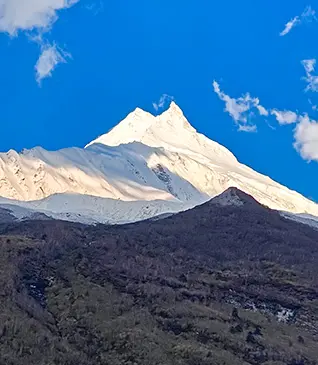Table of Contents
- What is Hiking?
- What is Trekking?
- Key Differences Between Hiking and Trekking
- Benefits of Hiking
- Benefits of Trekking
- Choosing Between Hiking and Trekking
- Best Hiking Trails
- Top Trekking Routes in India & the Himalayas
- How to Choose the Right Trail Based on Fitness Level
Hiking and trekking are often considered the same, but they are two distinct outdoor activities. While both involve walking in natural settings, they differ in terms of duration, intensity, and the kind of terrain they cover. Understanding these differences is essential, not just for choosing the right adventure, but also for ensuring that your journey aligns with your fitness level, goals, and expectations.
In this article, I'll walk you through the key differences between hiking and trekking, the benefits of each, tips on how to choose the right one for yourself, and some of the top hiking and trekking routes to explore. This guide will help you find the perfect path.
What is Hiking?
Hiking is a recreational activity that involves walking long distances on well-marked trails, usually through natural landscapes like forests, hills, or the countryside. It is often done for leisure, exercise, and to enjoy the scenic beauty of nature, typically within a day or less.
What is Trekking?
Trekking is a multi-day journey undertaken on foot, usually through remote, mountainous, or rugged landscapes. It's not just about walking but more than that. It's an immersive experience that brings you closer to nature and challenges your limits. When it comes to planning the perfect trek, Trek The Himalayas stands out as one of the most trusted and experienced trekking organizations in India. TTH offers a wide range of treks catering to both beginners and seasoned trekkers.
Key Differences Between Hiking and Trekking

Terrain & Difficulty Level- Hiking is generally easier than trekking, as it involves well-marked trails that are often close to city areas. In contrast, trekking takes you through rugged, remote terrains that can be more challenging. Since hiking trails are more defined and accessible, it is less demanding compared to trekking, which requires navigating through rough landscapes and steep climbs.
Duration & Distance- Hiking is usually a shorter adventure, lasting a few hours or a day. The distance covered typically ranges between 16-24 kilometers, but this can vary depending on the terrain, fitness level, and rest breaks. Trekking, on the other hand, is a longer journey, often lasting at least two days or more and covering greater distances over varying landscapes.
Equipment & Gear Needed- Hiking requires minimal gear, usually just a small hiking backpack with essentials like water, snacks, and proper footwear. Trekking, however, demands more specialized equipment based on the terrain. This may include hiking poles, harnesses, ice axes, head torches, and other essential gear to ensure safety and support on challenging trails.
Fitness Requirements- Hiking needs a basic level of fitness, making it accessible to most people. Trekking, however, requires a higher level of endurance and strength, as it often takes you to higher altitudes and rougher terrains. The more demanding conditions make physical fitness an important factor for trekkers.
Best for Beginners vs. Experienced Explorers- For beginners, it's always best to start with hiking before attempting trekking. Hiking helps build stamina and confidence, allowing you to understand your limits before moving on to the more demanding experience of trekking. Jumping straight into trekking without prior experience can be quite strenuous.
Benefits of Hiking
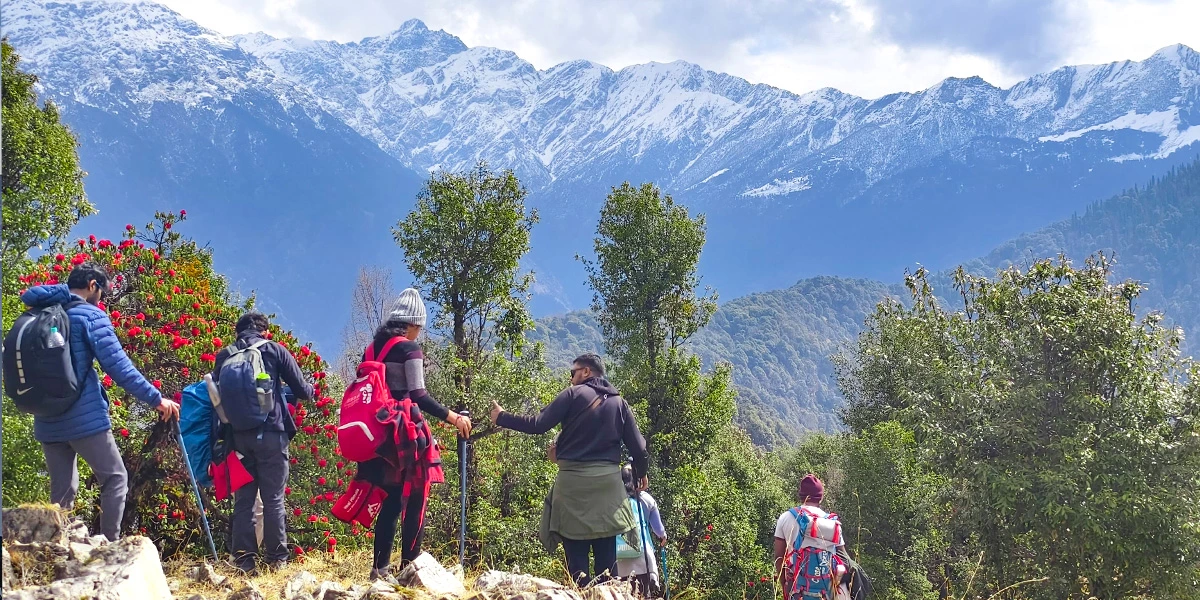
Hiking is a powerful yet simple way to improve your overall well-being. Physically, it's a great cardiovascular workout that strengthens muscles, improves balance, and boosts stamina, all without the strain of high-impact exercise. It supports weight management and keeps your body active in a low-cost, accessible way. Mentally, hiking offers deep relaxation and stress relief. Being in nature helps reduce anxiety, clear the mind, and improve mood. Even a short walk on a trail can leave you feeling refreshed, more focused, and emotionally balanced.
Accessibility is another major advantage of hiking. With numerous trails available around cities, towns, and rural areas, it's easy to find a hiking route that suits your schedule and fitness level. A simple search for
"hiking trails near me" can uncover hidden gems close to home. Many communities offer well-maintained trails that are free or low-cost, making hiking an affordable and inclusive way to stay active.
Benefits of Trekking
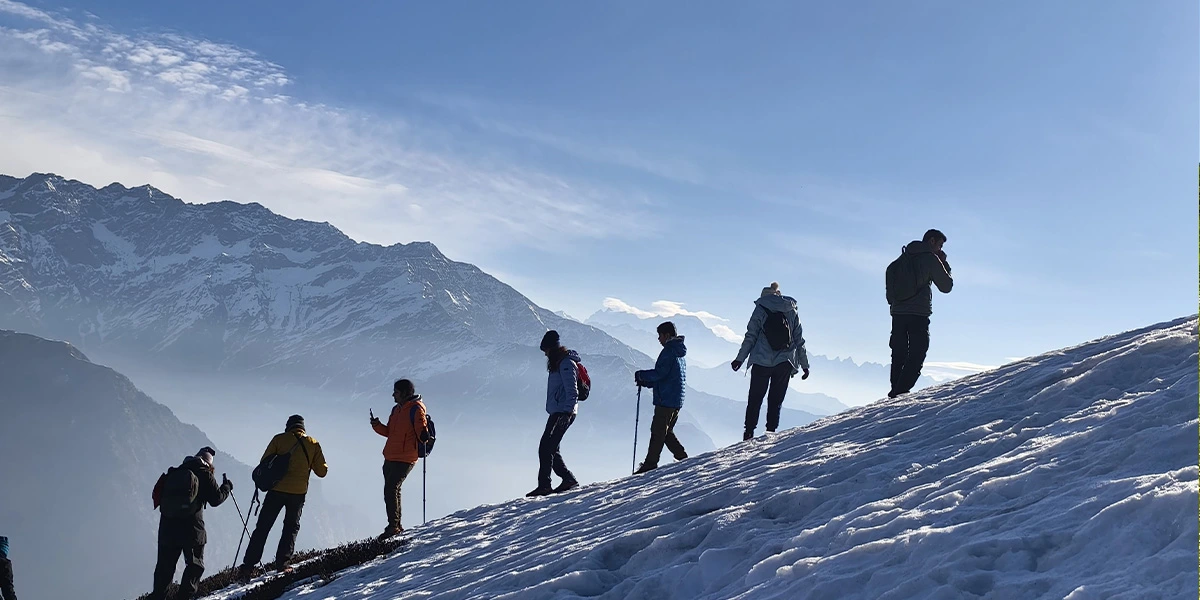
Trekking is an enriching experience that goes beyond physical fitness, it builds stamina, enhances endurance, and pushes your body to new limits. Unlike short hikes, treks are longer and more challenging, allowing you to step out of your comfort zone and explore yourself. The journey through rugged terrains, steep ascents, and high-altitude paths strengthens not just your muscles, but also your resilience and determination.
Trekking takes you far from the noise of everyday life and into the stunning landscapes, snow-capped peaks, alpine meadows, dense forests, and glacial rivers. It also offers you cultural insight, as many Himalayan treks pass through remote villages where you can witness traditional lifestyles and genuine hospitality. Every trek teaches you something new, about nature, the world, and yourself. It instills patience, adaptability, and a deep sense of gratitude. With Trek The Himalayas, you can explore some of the most stunning trekking routes in India. Popular treks like Chopta Chandrashila, Har Ki Dun, Sandakphu, and Dayara Bugyal offer beautiful vistas and experiences, making them ideal trekking routes for a getaway in the Himalayas.
Choosing Between Hiking and Trekking
Choosing between hiking and trekking isn't a tough decision once you understand the key differences. Both offer unique experiences in nature, but they cater to different levels of fitness, time commitment, and goals. If you're a beginner or someone who hasn't explored the outdoors much, hiking is the ideal starting point. It allows you to get comfortable with trails, enjoy the scenery, and build your stamina without exerting too much effort.
Hiking doesn't demand intense preparation or gear. With just a good pair of walking shoes, a small backpack, water, and some snacks, you can easily head out and enjoy the day. The trails are usually located near towns, cities, or within national parks. It's the perfect weekend escape that offers both physical activity and mental relaxation.
Trekking, on the other hand, is a more intense and immersive experience. It typically spans several days and takes you through challenging terrains, high altitudes, and often remote locations. Trekking requires a greater degree of physical endurance and mental strength, as you're walking for hours, sometimes in extreme weather conditions. The routes may not be clearly marked, and often, you'll need a local guide, maps, or permits depending on the region.
In short, start with hiking if you're new to outdoor adventures or have limited time. Once you're comfortable with shorter trails and have developed the necessary stamina, you can consider taking on treks. Trekking is best suited for those looking for a more intense, longer, and goal-oriented experience in nature.
Best Hiking Trails
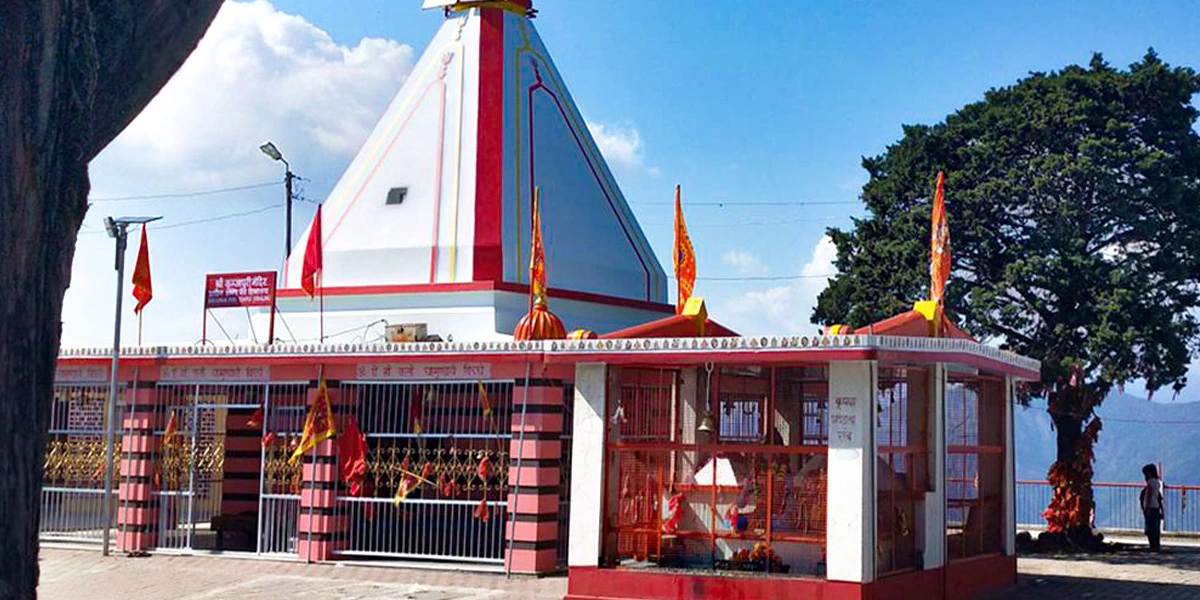
These are short and best hiking trails that are perfect for a refreshing day out in Uttarakhand.
- Kunjapuri Temple Trail - A peaceful trail that leads to a hilltop temple near Rishikesh. Known for its spiritual vibe and stunning sunrise views, this hike runs all year round and is ideal for beginners.
- Hiking around Landour - The quaint town of Landour, near Mussoorie, offers several easy trails surrounded by pine forests, colonial charm, and scenic viewpoints. A perfect place for a relaxed hiking trip.
- Kartikswami Temple Trail - This gem lies in the Garhwal region of Uttarakhand. Starting from Kanakchauri village, the trail leads you to a beautiful temple dedicated to Lord Kartikeya. The route offers stunning views of snow-covered peaks and quiet valleys.
Top Trekking Routes in India & The Himalayas
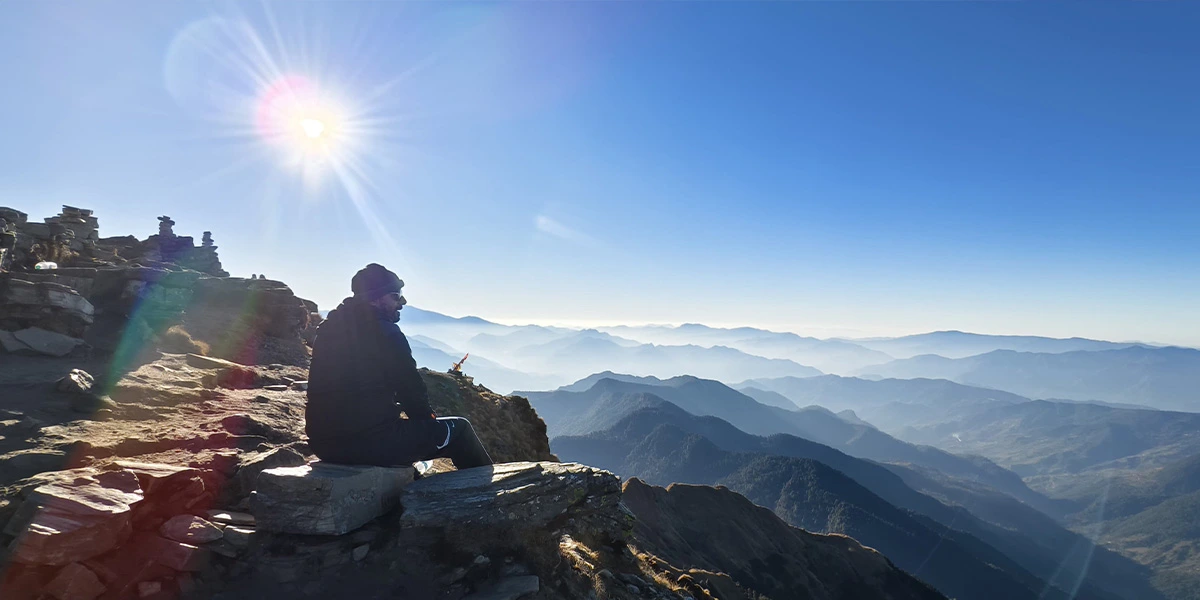
These treks take you deeper into the mountains and are perfect for something more challenging.
- Chopta-Chandrashila Trek - A short and scenic trek that leads to the Tungnath Temple, the highest Shiva temple in the world, and the Chandrashila summit.
- Nag Tibba Trek - Great for beginners, this weekend trek near Mussoorie rewards you with stunning views of the Swargarohini, Bandarpoonch, and Kedarnath peaks.
- Kedarkantha Trek - A popular winter trek, known for its snowy trails, dense forests, and wide-open campsites. Ideal for first-time trekkers looking for a snowy adventure.
- Dayara Bugyal Trek - This trail takes you through beautiful alpine meadows. In winter, it's a snowy paradise, and in spring, it blooms with wildflowers.
- Ali Bedni Bugyal Trek - Famous for its lush green pastures and clear mountain views. A great trek for those who love vast open spaces and peaceful surroundings.
- Gaumukh-Tapovan Trek - A more challenging trek that takes you to the source of the Ganges. With views of towering peaks like Shivling and Bhagirathi, it's perfect for experienced trekkers seeking a spiritual and scenic experience.
How to Choose the Right Trail Based on Fitness Level
Choosing the right trail depends on how active and experienced you are. If you are a beginner, start with short hikes like Kunjapuri, Landour, or Nag Tibba. These don’t require special gear or training and are great for getting used to outdoor walking.
For intermediate trekkers, you can try routes like Chopta–Chandrashila, Kedarkantha, or Dayara Bugyal. These treks involve longer walks and overnight camping but are still manageable for most people. While for experienced trekkers, if you’re fit and have done multi-day hikes before, you can take on routes like Gaumukh–Tapovan or Ali Bedni Bugyal. These require stamina, preparation, and a love for adventure. If you want to go even further, you can go for expeditions and much tougher treks like Goechala, Kang Yatse, Chadar trek and many more.
Hiking and trekking may be different in many ways, but both are full of memorable experiences and are definitely worth trying. What truly makes your hike or trek special is choosing the right trail at the right time. While hikes are usually easier and don’t need much preparation, a little research can make your experience even better. Treks, on the other hand, need more planning, you should know about the trail, what places you’ll pass, the terrain, and any challenges along the way. Whether it’s a short hike or a long trek, both are a beautiful way to connect with nature, challenge yourself, and create lasting memories.So go ahead and explore both, you never know which one might become your next favorite adventure!
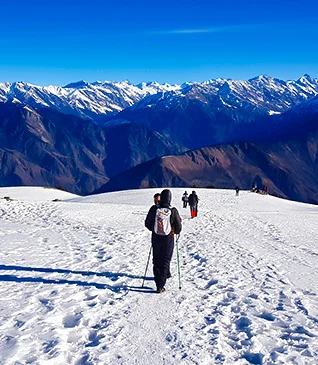
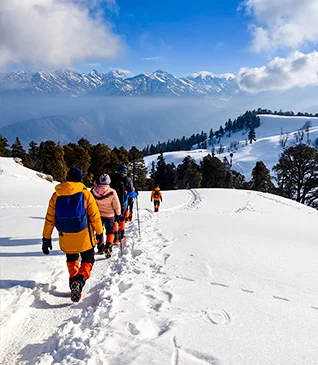

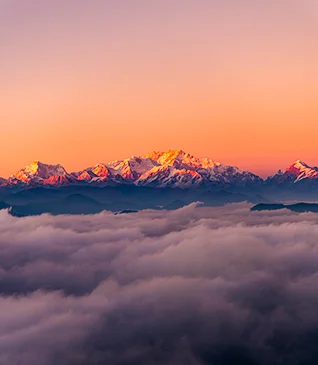
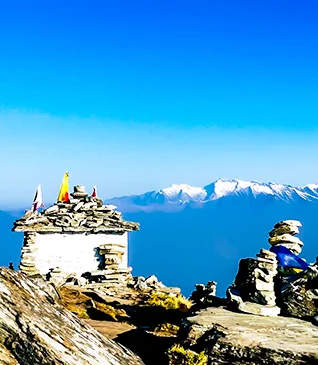
.webp)
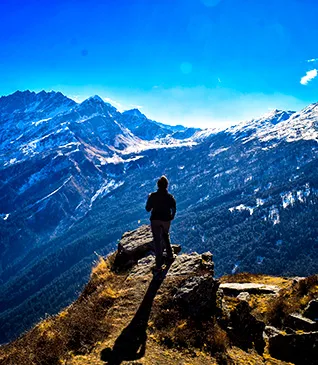
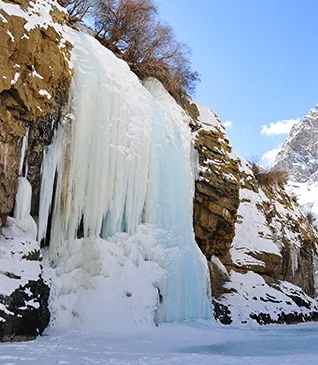
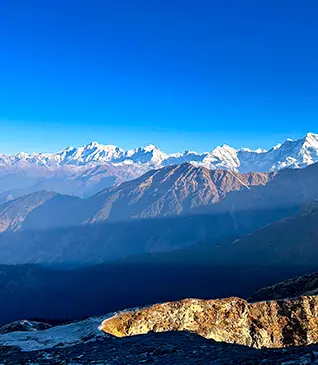
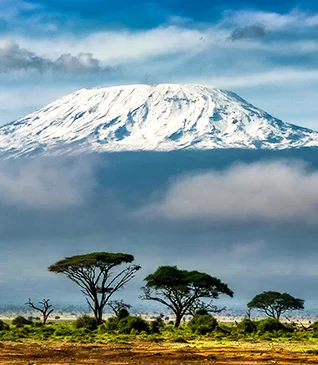
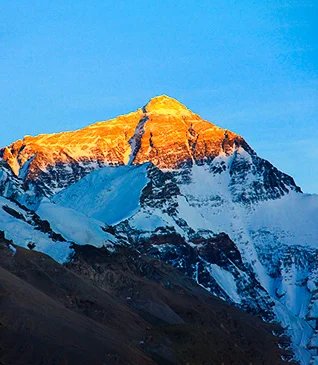
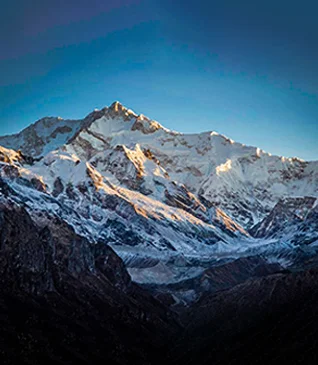

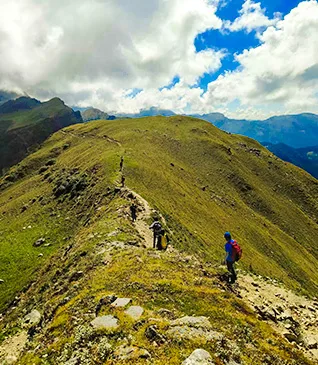
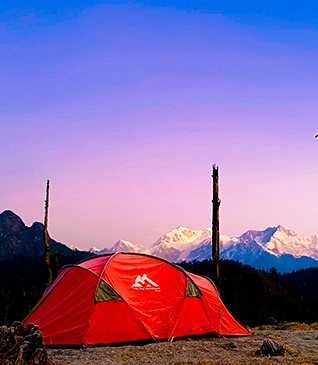

.webp)
